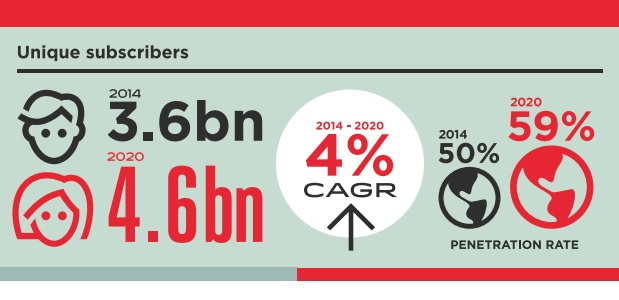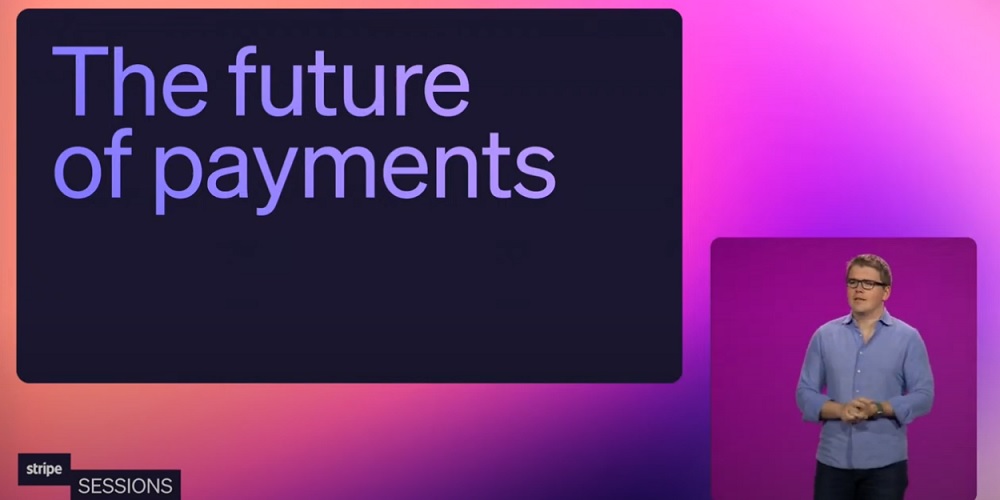GSMA study: an additional one billion people will become mobile subscribers over the next five years

„The Mobile Economy: 2015”, the latest GSMA major report, forecasts that the number of unique mobile subscribers1 will increase from 3.6 billion at the end of 2014 to 4.6 billion by 2020, increasing by four per cent per year (CAGR) over this period. By 2020, almost 60 per cent of the global population will subscribe to mobile services, up from half of the population at the end of 2014.
Mobile penetration varies widely by global region. In Europe, nearly 80 per cent of the population were mobile subscribers at the end of 2014, while in Sub-Saharan Africa the figure is only 39 per cent. Global subscriber growth over the next five years will therefore be concentrated in the developing world, driven by the increasing affordability of mobile devices and services and rapidly expanding mobile coverage that serves to connect currently unconnected populations, especially those in rural areas.
“A decade ago, just one in five of the global population was a mobile subscriber – we have now surpassed the 50 per cent milestone and can look forward to connecting a billion new subscribers over the next five years,” commented Anne Bouverot, Director General of the GSMA.
The number of global SIM connections2 (excluding M2M connections) is forecast to grow from 7.1 billion in 2014 to 9 billion by 2020. This implies that every unique mobile subscriber will continue to account for roughly 1.8 SIM cards each, on average, during this period. Cellular M2M connections are forecast to reach 1 billion by 2020, bringing the total number of mobile connections to 10 billion by this point.
Rapid Migration to Mobile Broadband and Smartphones
The period out to 2020 will see a rapid migration to mobile broadband technology as 3G/4G network availability and affordability increases. Mobile broadband accounted for 40 per cent of SIM connections in 2014, but will increase to almost 70 per cent of the total by 2020 as subscribers migrate away from 2G networks and devices. As well as expanding 3G/4G coverage reach, this trend is being driven by the rising number of smartphone connections3. Smartphones accounted for 37 per cent of SIM connections in 2014, a figure forecast to rise to 65 per cent by 2020.
The smartphone adoption rate is already at 60 per cent in the developed world, ranging from 51 per cent of SIM connections in Europe to 70 per cent in North America. The developing world will lead smartphone growth over the next five years as the average selling price of smartphones continues to decline, adding a further 2.9 billion smartphone connections by 2020.
Anders Olofsson – former Head of Payments Finastra
Banking 4.0 – „how was the experience for you”
„So many people are coming here to Bucharest, people that I see and interact on linkedin and now I get the change to meet them in person. It was like being to the Football World Cup but this was the World Cup on linkedin in payments and open banking.”
Many more interesting quotes in the video below:









